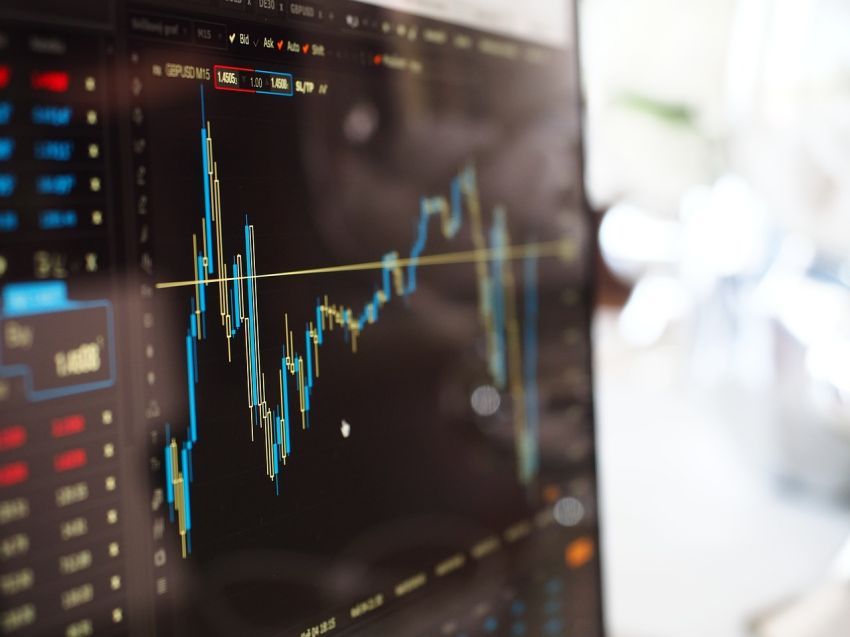The Stock Market: A Dynamic Financial Ecosystem
The stock market is a complex and dynamic financial ecosystem that plays a crucial role in the global economy. It provides a platform for companies to raise capital, investors to buy and sell securities, and governments to regulate financial activities. Understanding how the stock market functions is essential for investors, policymakers, and the general public to navigate this intricate system effectively.
Market Participants: Investors, Companies, and Regulators
At the core of the stock market are three main participants: investors, companies, and regulators. Investors, ranging from individual traders to institutional investors, buy and sell shares of publicly traded companies to generate returns on their investments. Companies issue stocks to raise capital for business expansion, research, and development. Regulators, such as the Securities and Exchange Commission (SEC) in the United States, oversee the market to ensure fair and transparent trading practices.
Stock Exchanges: The Platforms for Trading
Stock exchanges serve as the primary platforms where investors buy and sell stocks. Examples of major stock exchanges include the New York Stock Exchange (NYSE) and the Nasdaq in the United States, as well as the London Stock Exchange (LSE) and the Tokyo Stock Exchange (TSE) internationally. These exchanges facilitate the trading of stocks through an electronic network, matching buyers with sellers and executing transactions in real-time.
Stock Prices: Determined by Supply and Demand
Stock prices are determined by the forces of supply and demand in the market. When there is high demand for a particular stock, its price tends to rise. Conversely, if there is an oversupply of shares, the price may decline. Market dynamics, investor sentiment, company performance, economic indicators, and geopolitical events all influence stock prices. Analysts use various tools and methods, such as technical and fundamental analysis, to predict price movements and make informed investment decisions.
Market Indices: Tracking Performance
Market indices, such as the S&P 500, Dow Jones Industrial Average, and FTSE 100, track the performance of a specific group of stocks in the market. These indices serve as benchmarks for investors to assess the overall health and direction of the market. Changes in market indices reflect broader economic trends and investor sentiment, impacting stock prices and market dynamics.
Trading Mechanisms: Order Types and Execution
Investors place orders to buy or sell stocks through various trading mechanisms. Market orders are executed at the current market price, while limit orders allow investors to set a specific price at which they are willing to buy or sell a stock. Stop orders are triggered when a stock reaches a predetermined price level, helping investors manage risk and protect profits. Understanding different order types and execution strategies is essential for investors to navigate the market efficiently.
Market Volatility: Risks and Opportunities
Market volatility refers to the degree of price fluctuation in the market. While volatility presents risks, it also offers opportunities for investors to profit from price movements. Factors such as economic data releases, corporate earnings reports, geopolitical events, and market sentiment can contribute to increased volatility. Investors must assess their risk tolerance, diversify their portfolios, and stay informed to navigate volatile market conditions effectively.
Market Regulation: Safeguarding Investor Interests
Market regulation plays a crucial role in safeguarding investor interests and maintaining market integrity. Regulators enforce rules and regulations to prevent fraud, insider trading, market manipulation, and other illicit activities. Transparency, disclosure requirements, and investor protection measures are essential components of a well-regulated stock market. Compliance with regulatory standards ensures fair and orderly trading practices, fostering investor confidence and market stability.
The Future of the Stock Market: Innovation and Evolution
The stock market continues to evolve with technological advancements, regulatory changes, and shifting investor preferences. Digital trading platforms, algorithmic trading, blockchain technology, and sustainable investing are shaping the future of the market. As the financial landscape evolves, market participants must adapt to emerging trends, leverage new opportunities, and embrace innovation to thrive in an ever-changing environment.
In conclusion, the stock market functions as a dynamic financial ecosystem driven by investors, companies, regulators, and market forces. Understanding the intricacies of the market, including participants, exchanges, prices, indices, trading mechanisms, volatility, regulation, and future trends, is essential for navigating this complex system effectively. By staying informed, diversifying portfolios, managing risks, and adapting to market dynamics, investors can capitalize on opportunities and achieve their financial goals in the ever-evolving world of finance.










